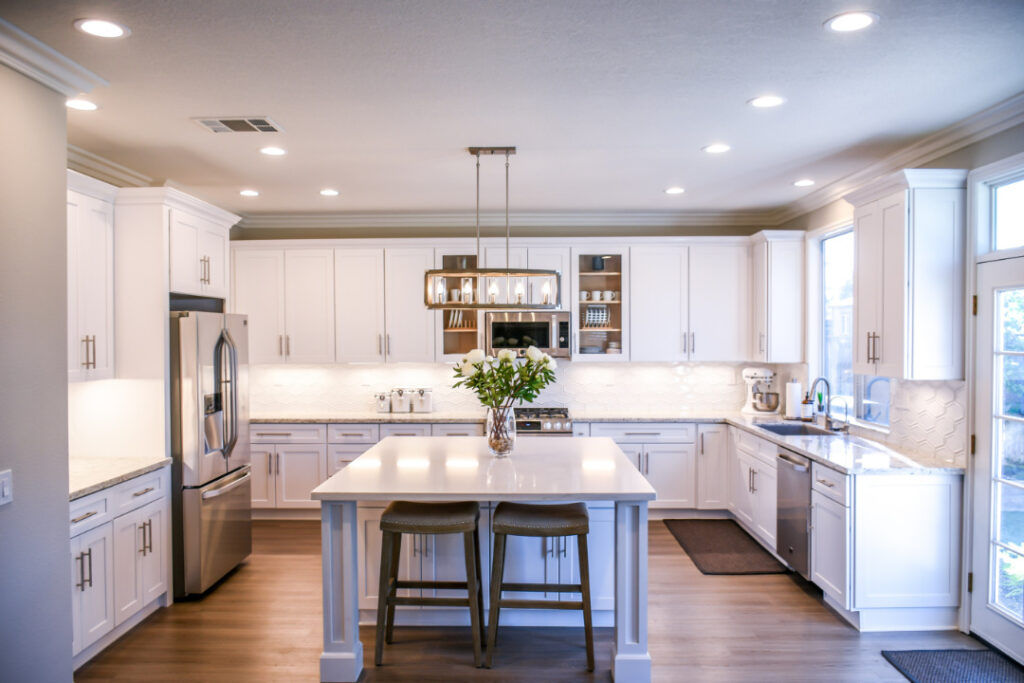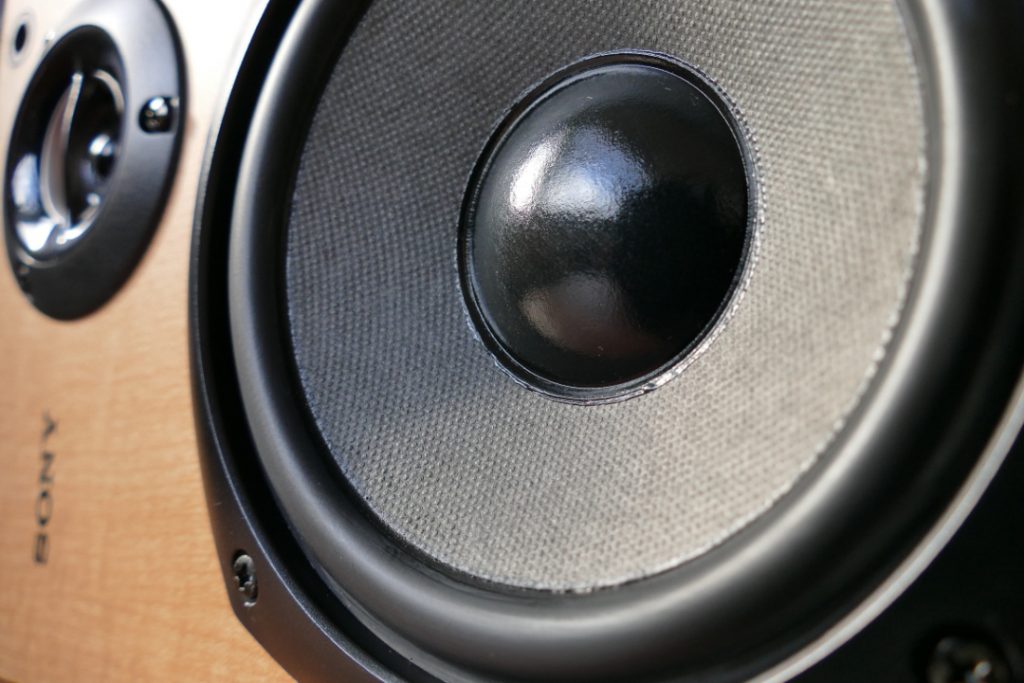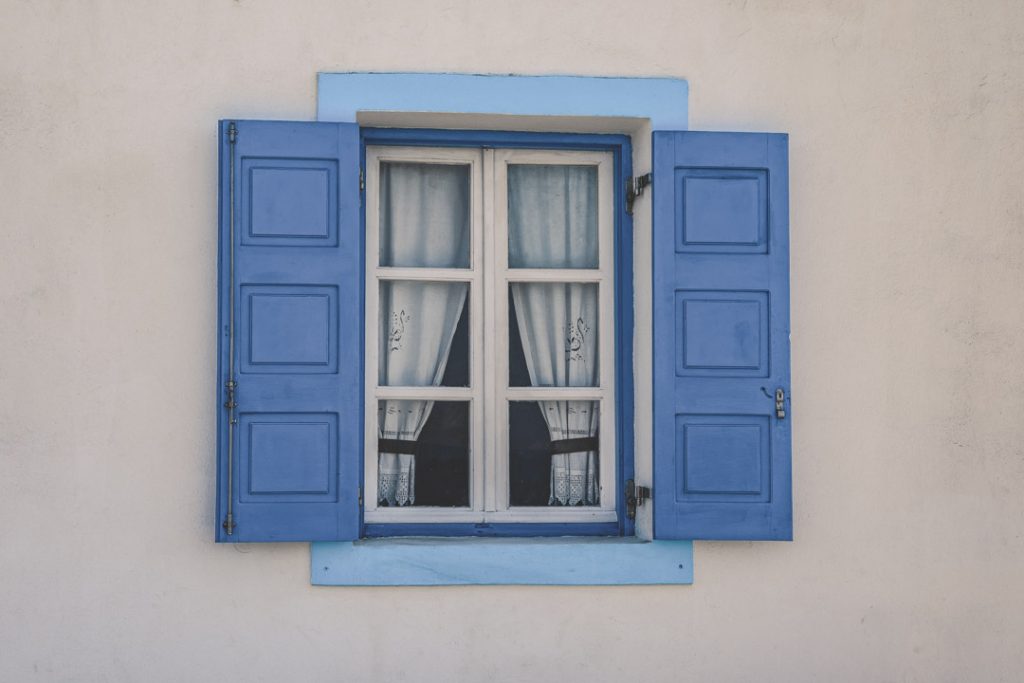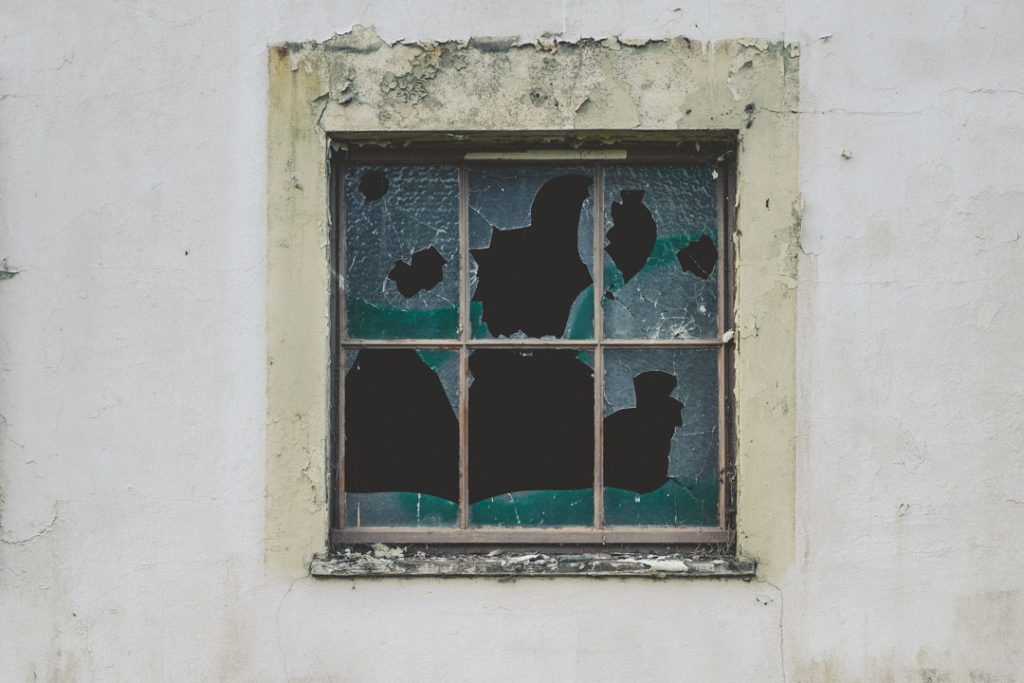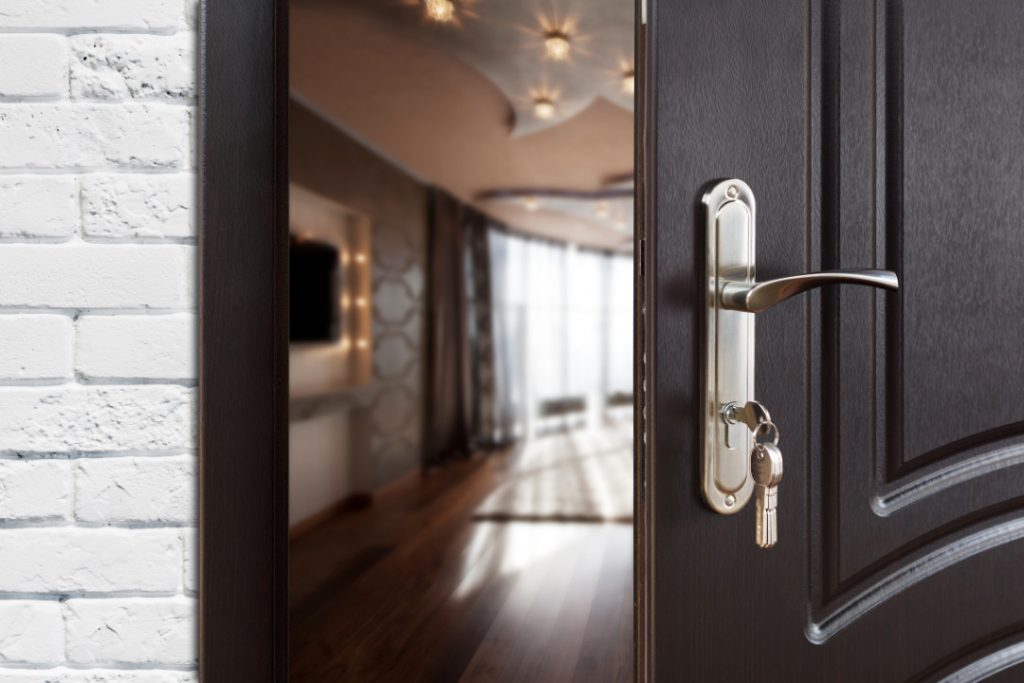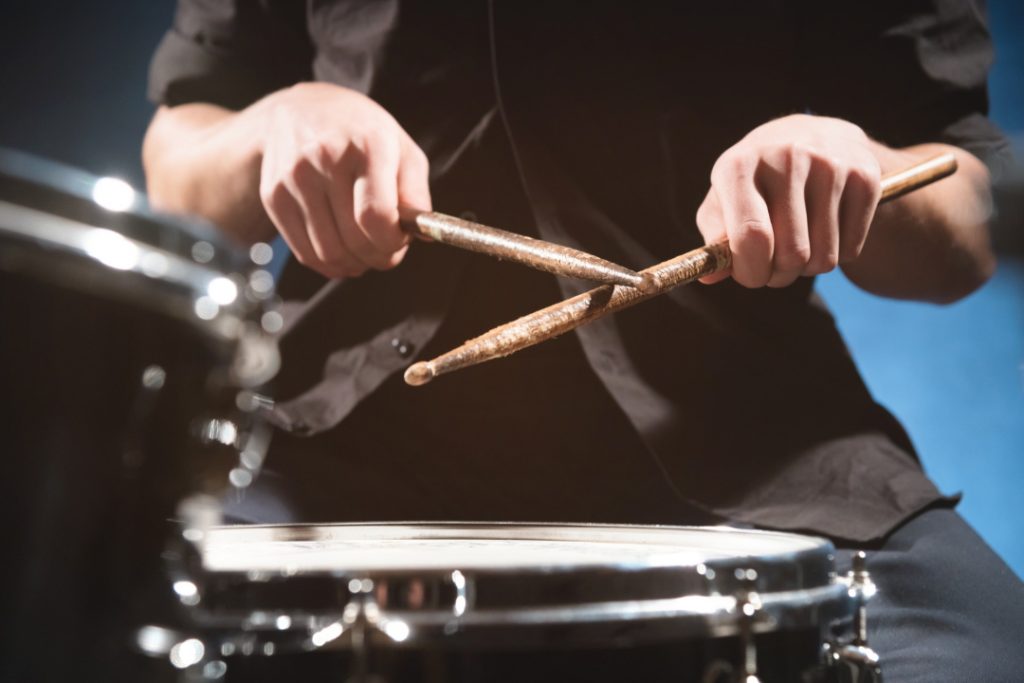How To Soundproof Recessed Lighting? Recessed lighting can be a beautiful design element, but it might undo any soundproofing you’ve done. You might be asking how to soundproof recessed lights if you’ve run upon this issue.
Let’s first examine why recessed lighting is such a difficulty for soundproofing before I provide the solutions.
Why Is Recessed Lighting a Problem?
Recessed lighting generally replaces the existing ceiling whenever it is installed into a ceiling.
Even while it looks fantastic and appears to be a natural part of the ceiling, it won’t be able to block out nearly as much noise as one would like.
The problem is acknowledged by the manufacturers, but they now lack a long-term remedy.
This is because they do not want to take the chance of soundproofing the room by adding a lot of mass and an airtight ceiling.
Overall, it might be a little quieter, but there will also be a significant fire threat that nobody wants to deal with.
Making a cavity for recessed lighting is quite simple, but to reduce noise, it must be filled as much as possible.
It’s crucial to try to come up with a solution that will allow the lights to function properly without jeopardizing the ceiling too much.
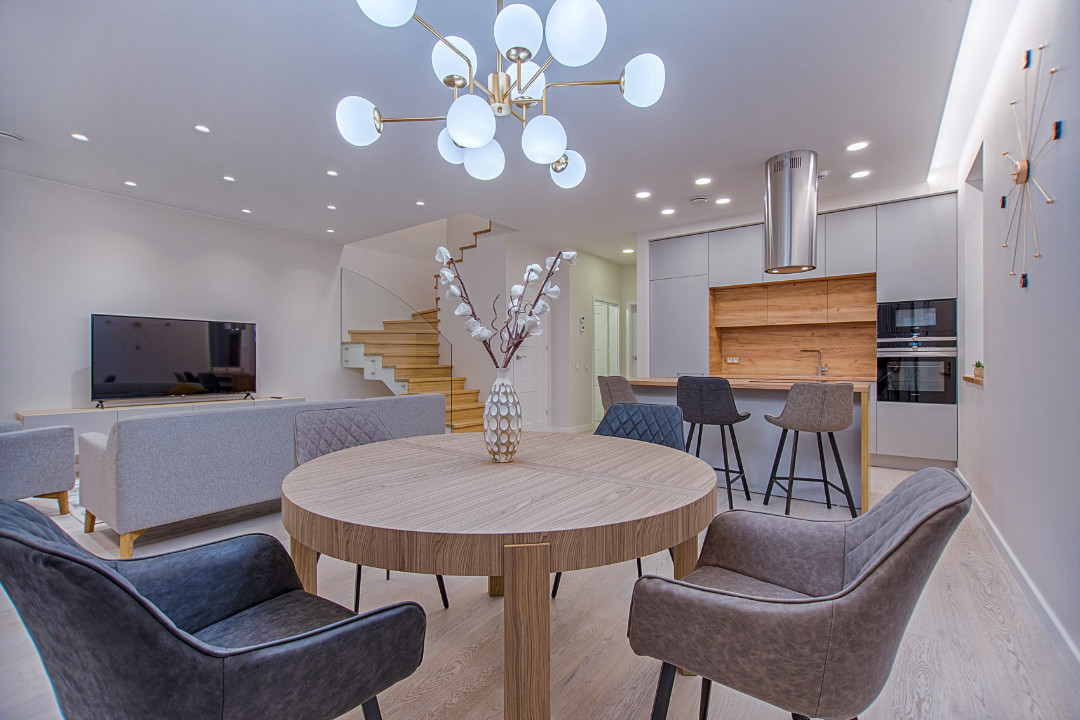
How To Soundproof Recessed Lighting
It might make sense for certain people to make every effort to find solutions to problems by coming up with novel treatment options.
Although it may not always make sense, it is a strategy to manage a situation as effectively as feasible.
Here are ways of soundproofing recessed lighting
Surface Mount Lighting
Deciding to use something that attaches directly to the surface is a method to soundproof recessed lighting.
It will resemble recessed lighting extremely closely, but without the bother of putting the ceiling at risk.
People like the overall appearance of these lights and how simple it is to remove them if something goes wrong.
Because these lights may be installed by someone with no experience at all, it is also significantly less expensive.
The disadvantage is that they are neither as permanent nor as nice-looking as recessed lighting.
Although it may not be the finest lighting option, it is a possibility worth considering because it keeps the ceiling stronger.
Both impact and airborne noise are reduced as a result. The best option individuals can come up with without having to make any structural alterations won’t interfere in any way with the ceiling.
Not everyone will be able to afford this luxury, especially if they reside in an apartment building with above-ground neighbors. This is one of the reasons why many flats would avoid recessed lighting.
Soundproofing The Ceiling’s Flooring
Recessed lights will increase a ceiling’s susceptibility, but those who have control over the floor above might consider soundproofing it as much as they can.
For all possible sounds to be reduced, soundproofing material must be added on top of the floor while recessed lighting makes it vulnerable.
The quickest and simplest solution, in this case, is to lay down a carpet or a rug to absorb sound.
In addition to adding this layer to help with sound, one can also add some soundproofing underlayment as an additional layer.
Insulate The Ceiling Cavity
Without affecting the recessed light housing, the ceiling cavity can be insulated. Simply be cautious when placing the insulation in that area.
Mineral wool insulation is the product of choice for this task.
In addition to being excellent at absorbing sound, it is also heat and fire-resistant.
If not completely avoiding them, I’d suggest at the very least cutting out holes for the lighting fittings.
Because mineral wool is such a great insulator, in addition to absorbing sound waves, it will also stop the lights from cooling. The risk of a fire originates from this.
With a craft knife, you can quickly make holes in it, after which you can place the insulation around the recessed lights. While some sound absorption will be compromised, the general issue will be solved.
You Can Try Track Lighting
Although not everyone prefers the way track lighting looks to recessed lighting, it is ultimately likely the best option for soundproof ceilings.
It still has a fairly similar look, but it is considerably safer to use and doesn’t require any alteration to the ceiling.
They can also be moved if a person decides they don’t want to initially look at them, which is impossible if everything is initially recessed into the ceiling.
If someone chooses to install recessed lighting and then finds they don’t like it, they are stuck with it.
Not only that, but if the recessed lighting does not blend in with the aesthetic very well, it may affect the resale value.
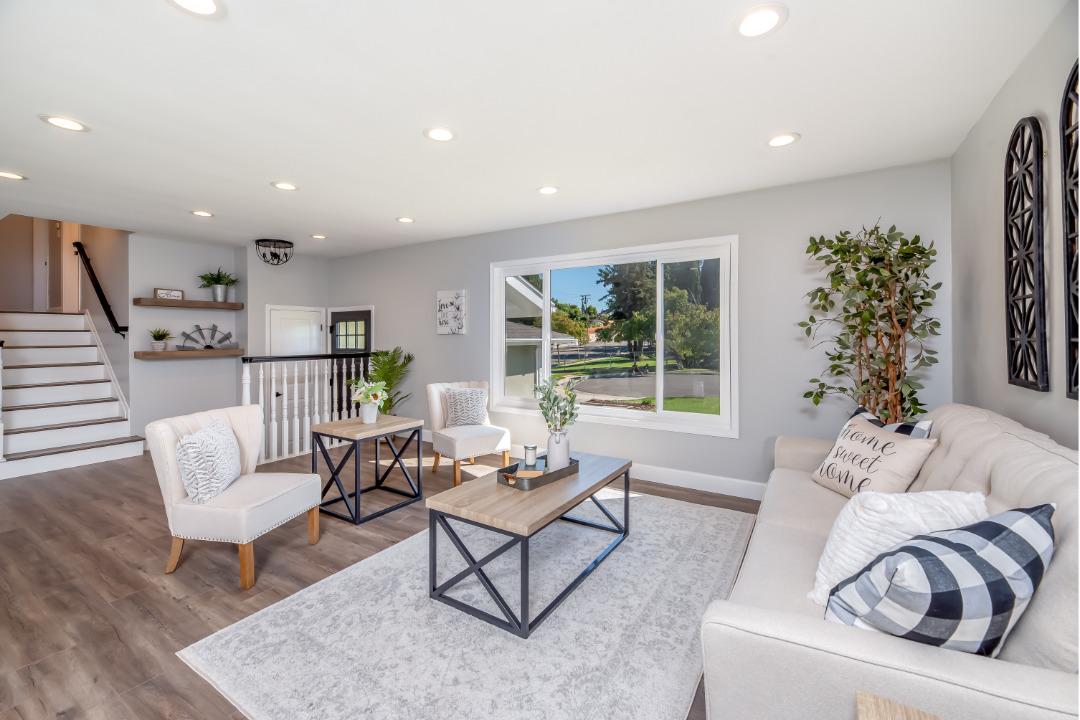
Utilizing Green Glue, Install The Recessed Lights
It’s worth using Green Glue to attach the lights themselves. In place of regular caulk sealant, Green Glue is a noise-dampening substance.
It is quite elastic and inhibits sound transmission by converting sound waves into heat energy.
Use it any time you want to close a gap, such as between the ceiling and the light fixture.
Rechargeable Surface Light Installation
Utilizing a rechargeable surface light would be a comparable compromise.
The light above is identical to a recessed light but is fixed to the ceiling directly as opposed to inside it.
Additionally, it is not powered by mains electricity, thus there is no need for wiring.
It is attached to the ceiling using a bracket, which again only requires a few screws to be installed.
Conclusion
What you can do to soundproof recessed lights is somewhat constrained. Heat dissipation is the main problem, which is something you should think about before moving on.
You can’t have both a soundproof ceiling and this specific type of lighting, therefore I advise choosing one over the other.
Articles You Might Enjoy Reading

